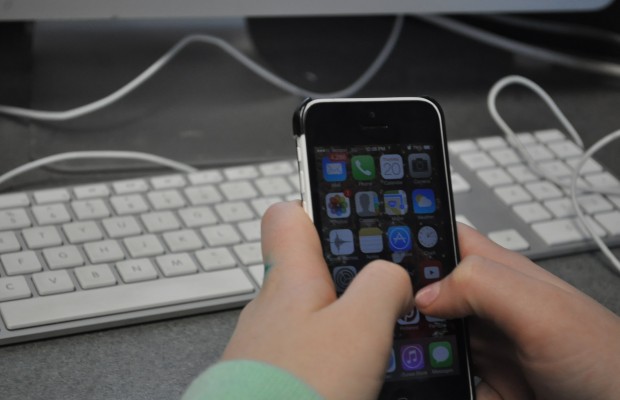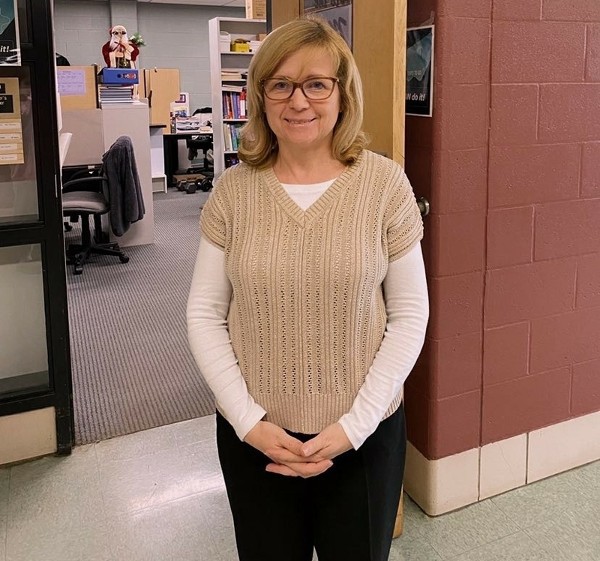Soon students of Region 16 may be taking out their cellphones in class more than usual. However, for the first time it is not to check their text messages, but rather because their teacher has requested that they utilize the school’s latest new policy.
Beginning sometime in March of 2014 it is expected that both the middle and high school of Region 16 will implement a Bring Your Own Device (BYOD) policy.
The idea of a BYOD policy in Region 16 was first brought up in the late fall of 2013. However, since so many board members had questions and concerns regarding how this policy would work it was suggested that the process was delayed until more information was obtained.
“The policy made its way back to the committee in early January 2014,” said Superintendent, Tim James. “The board took action to approve the policy on January 22, 2014. The motion passed by a 6-1 margin. There was also one abstention.”
Prior to creating a draft of the policy for Region 16, James asked a number of other surrounding schools for their BYOD policies. After reviewing these policies, he put together a BYOD policy that would be suitable for this region.
While the policy is supposed to be implemented in March of 2014 it will only be implemented at Long River and Woodland.
“As I looked through the sample policies and numerous others online, the vast majority were for students and staff in grades 6-12,” said James. “We need to undertake an examination of our district technology infrastructure before we extend the plan to the elementary school to assure our servers have the capacity to handle numerous devices being online simultaneously.”
When the policy is introduced a list of devices that are acceptable to use will be created. The only requirement is that these devices have the capability to gain access to the district’s Wi-Fi network.
“Most of the devices will be tablets, laptops, iPads, and phones,” said James. “As technology changes and new devices are introduced and become more affordable, I expect the list will be expanded.”
In many ways, James sees the implementation of a BYOD policy as an asset to the learning environment. He believes that students will be able to expand their research in an efficient and safe way.
“Having students on devices in the classroom will allow teachers to expand the depth and breadth of their discussions and content by having additional information about it immediately available for discussion,” said James.
Although all teachers will have the right to utilize the BYOD policy, it is not expected that all teachers will. The policy directly outlines that it up to the teacher whether or not students will be allowed to use electronic devices in their classroom. While some teachers may explore the use of BYOD, there are others who will decide that it is not the proper teaching approach.
James is extremely hopeful that by allowing technological devices to be used in the classroom students will be able to expand their understanding of a number of subjects or issues.
“I believe that technology brings more information to students in an efficient way,” said James. “I am hopeful that the BYOD [policy] will expand the learning platform that has traditionally been in schools.”
View the Roll Out Plan for the BYOD Policy Implementation- BYODimplementation21214
View the BYOD Approved Policy- policyBYODapproved 1-22-2014



















